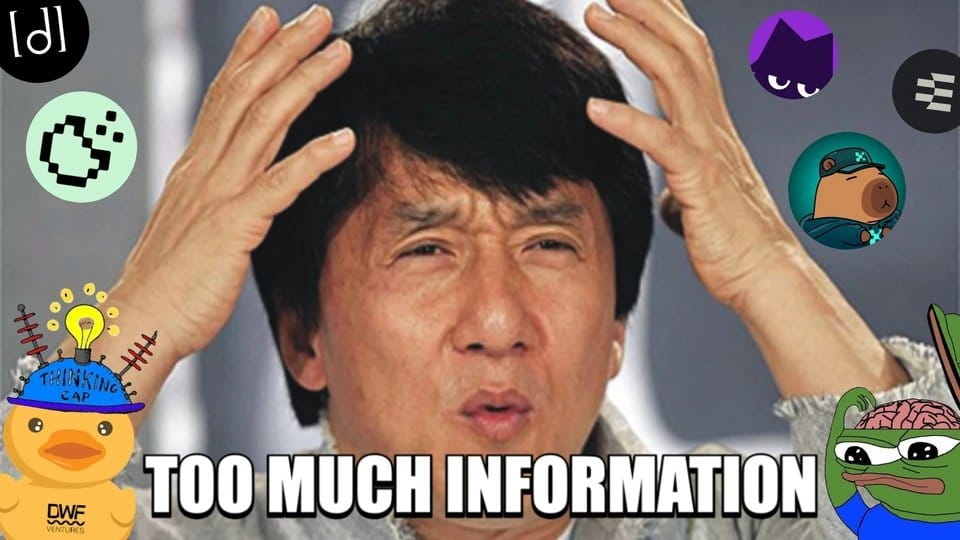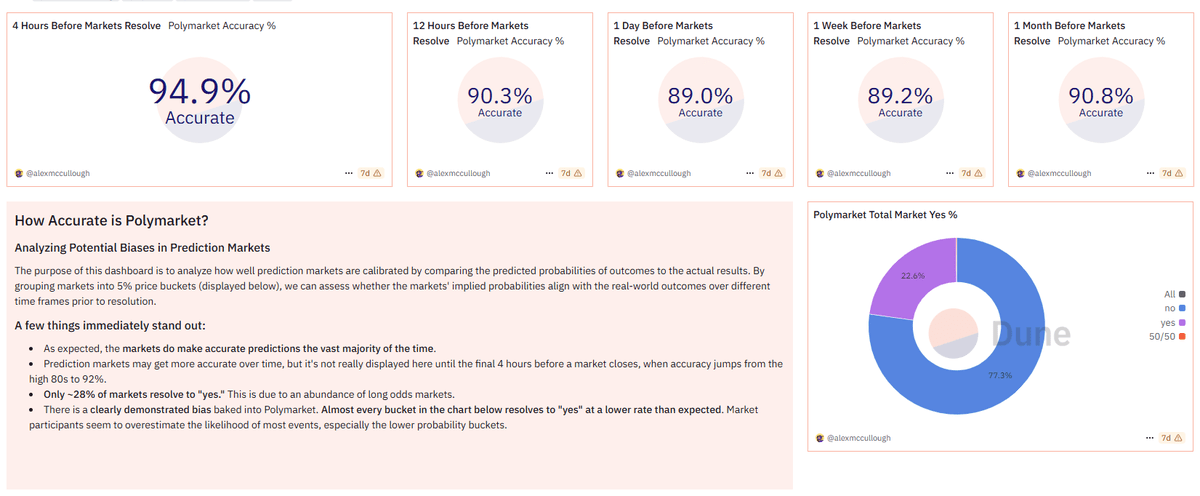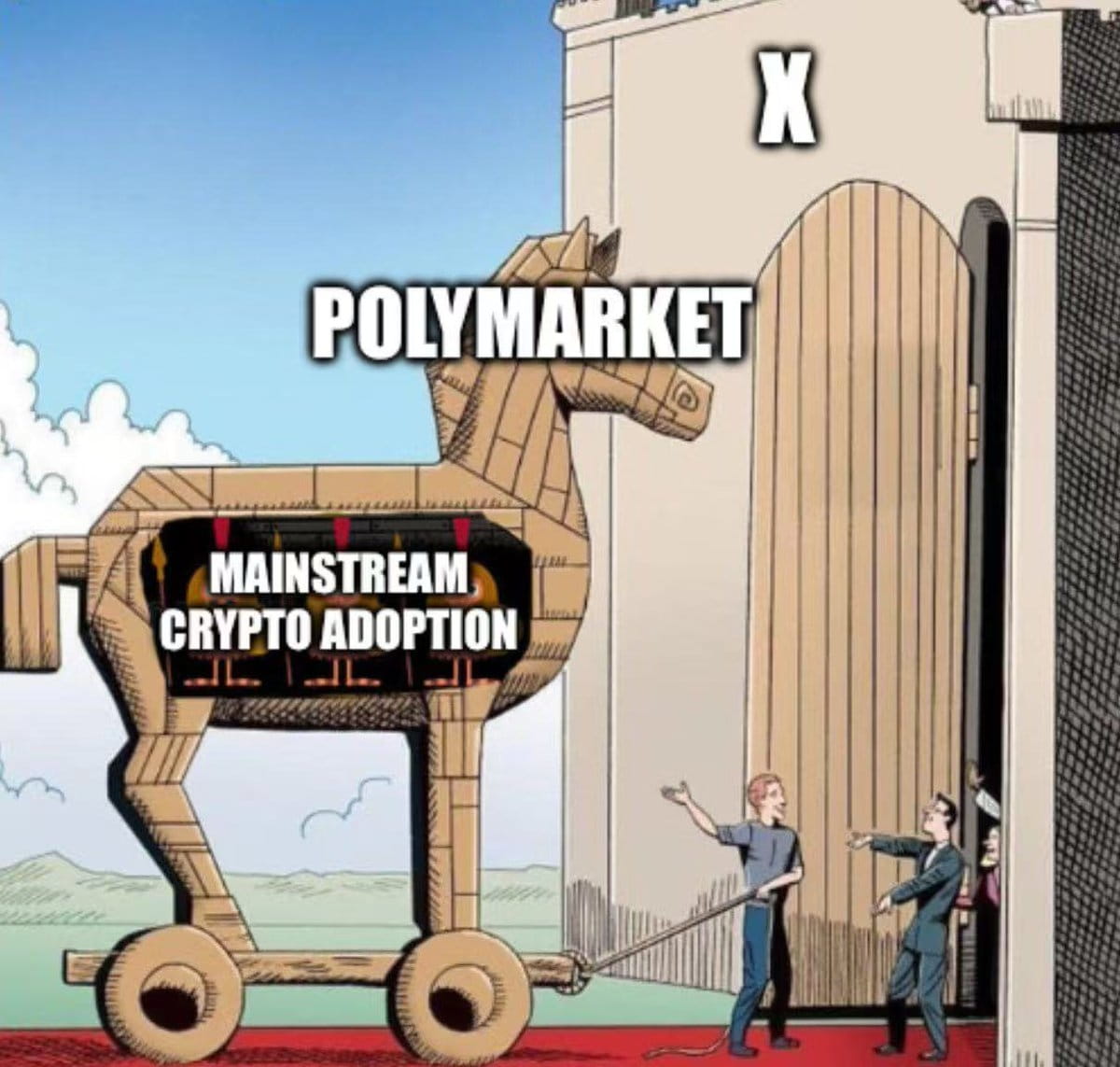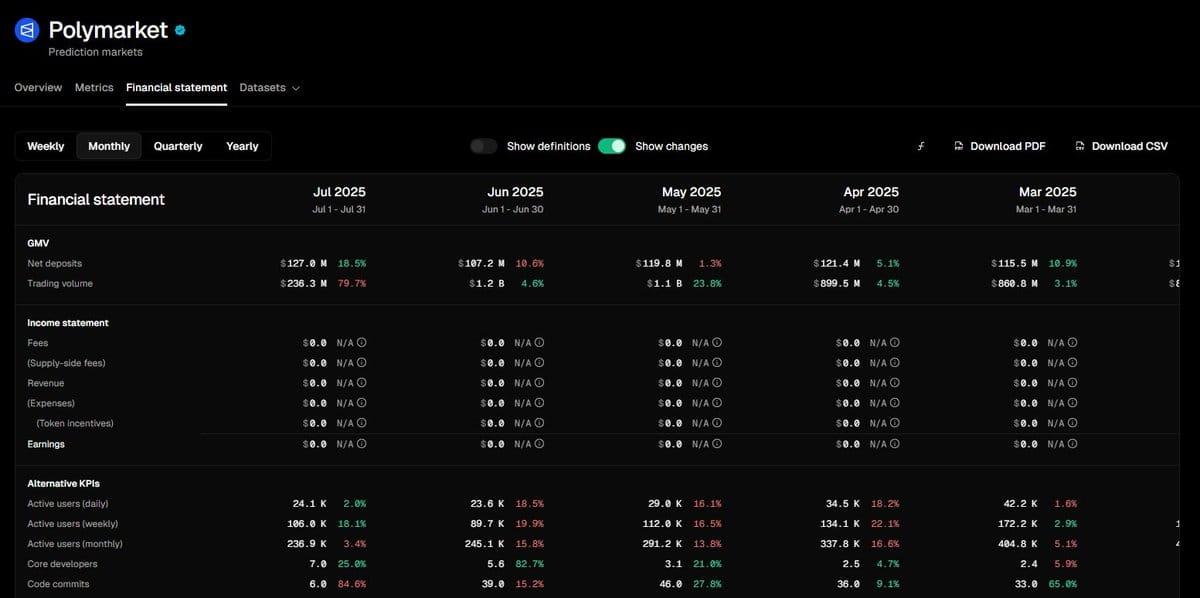Observations and personal views from BonnaZhu, Nothing Research Partner; the following content does not constitute any investment advice.
TLDR:
The position of prediction markets in InfoFi is underestimated
Kaito & Pump belong to the information dissemination chain
Prediction markets belong to the information pricing chain
Together becoming the 'routers' and 'anchor points' of the information age
The information explosion has elevated the status of prediction markets
InfoFi is more than just Kaito
Pump actually counts too
But prediction markets are rarely mentioned
KaitoAI has accelerated the dissemination of the information finance (InfoFi) concept, but it is still doing information distribution (Attention Distribution), simply using incentives and mental optimization to enhance traffic distribution paths and KPIs.
The emergence of Pump.fun makes information appear to have a certain pricing mechanism, but in essence, it is the tokenization of attention, achieving social media-style dissemination effects through market value and appreciation.
However, the only place that achieves the commodification of information and provides a fair price discovery venue (Signal Pricing) is prediction markets. In the past, prediction markets seemed to only enter the public eye during elections.
But the emergence of AI has made the normalization of prediction markets possible.
Why?
Because AI has brought content generation into the 'zero marginal cost' era, the question is no longer whether there is content, but which content is useful and trustworthy.
This leads to an overall decrease in 'signal strength of information', making the embedded alpha difficult to identify. Moreover, much information relates to real money, thus needing to be discerned, priced, and naturally can be speculated upon.

Prediction markets should be renamed information trading markets
Kaito, Pump, and prediction markets all belong to InfoFi
But their problem-solving approaches are completely different:
- Kaito and Pump
Whoever is louder, whoever has higher appreciation, whoever has a larger market cap, is the alpha
But it is not an information market, cannot achieve hedging, and may even obscure the truth
- Prediction markets
allow information to be filtered and stress-tested in the market game of real money
Choosing wrong leads to loss of capital, and participants choose cautiously, which helps reveal the truth
In this sense,
the name 'prediction market' is not appropriate
because its main function is not to 'predict the future', but to price the uncertainties of the future, serving the role of information trading. In other words, the odds do not completely equal the true probability of an event occurring, but represent the balance point that both buyers and sellers are willing to take on risk and bet.
However, although prediction is not its core goal, Polymarket has demonstrated excellent predictive capabilities in practical applications.
Statistical data shows a high degree of correlation between Polymarket prices and actual outcomes, fully verifying the advantage of collective intelligence in predicting results. As the saying goes:
Truth is not discerned without distinction.

The current four models of prediction markets
In the AI era of information explosion
Prediction markets are no longer nice-to-have
They have become a necessary infrastructure
However, the non-standard nature and long-tail characteristics of information determine that most information transactions naturally lack good liquidity, and price signals are easily distorted. In response, different projects have explored different possibilities:
- Fully open, fully decentralized
- CEX experience + strong centralized operation
- Attempts at AMM liquidity pools
- Combination of prediction markets + perpetual contracts
1)Fully open, fully decentralized
The path chosen by the Augur Project allows anyone to create a market, without screening the pool or actively operating it, with settlement relying on token voting and multi-round appeal mechanisms. While it attracts some crypto-native users, it resembles a niche experimental field that is high-threshold, market-dispersed, has weak liquidity, and lacks guidance.
2) CEX experience + strong centralized operation
Polymarket and Kalshi have chosen another realistic path: exchanging centralized operation for liquidity and user experience. The platform screens markets, uses stablecoins to lower crypto thresholds, and the trading interface resembles CEX, ultimately leading to a relatively active market and richer topics, becoming the most prominent information trading platform during elections, akin to a 'poll'.
3) Attempts at AMM liquidity pools
Some projects are taking a more DeFi-native route, such as Divergence Protocol, Polkamarkets, and Azuroprotocol, adopting Uniswap-like constant product AMMs to address liquidity fragmentation in long-tail markets. However, overall, it is still in the early stages, with the main users being crypto-native users, and it has not covered mainstream topics. Paradigm also proposed related designs in 2024.
4) Combination of prediction markets + perpetual contracts
Perpetual contracts have actually absorbed many scenarios originally belonging to prediction markets. As early as 2021, Paradigm proposed using funding rate mechanisms to build 'perpetual prediction markets'—Power. This idea has recently been revived by Hyperliquid HIP-3 and can be seen as a response.At the product level: there is still room for iteration
Currently, Polymarket and Kalshi are clearly the winners
They have truly achieved the breakout of crypto application scenarios
Kalshi has secured compliance channels with the CFTC, creating the only licensed prediction market platform for U.S. domestic users.
Meanwhile, Polymarket has established an active trading ecosystem in non-U.S. markets, even becoming one of the official sources of information for X.
But centralization is not perfect either.
Polymarket uses UMAprotocol’s oracle to adjudicate market outcomes, allowing anyone to submit outcome proposals, which are automatically approved unless disputed; if disputed, it enters a voting process. However, losing a bet results in losing the stake, which allows large players to manipulate outcomes, and ordinary retail investors are often too fearful to oppose large players, while controversies of large players 'calling a deer a horse' have occurred multiple times in the past.
Although Kalshi has regulatory compliance and higher credibility, the cost of platform malfeasance is also higher, but the trade-off is that it can only support events with clear sources and public data (such as official statistics and mainstream media), making it more like a 'financialized polling platform', difficult to cover more long-tail and diverse information flows.
This is also why I believe the landscape and product form of the information trading market are far from being finalized. I look forward to a disruptive innovation similar to BitMEX’s perpetual contracts, but I do not know when it will come.Betting on the Beta of the information explosion era
But overall, the AI-driven information explosion has accelerated the demand for information filtering, pricing, and trading, making prediction markets leap from a marginal tool to a key infrastructure, and this trend is irreversible.
Therefore, from an investment perspective, if Polymarket issues tokens later (which is more likely than Kalshi), taking it as a Beta in the InfoFi track under the narrative of general AI is a reasonable approach. Currently, Polymarket has about 200,000 monthly active trading users and a monthly trading volume that remains stable at around $1 billion. Although it currently does not charge any trading fees, the revenue and profit expectations are relatively clear.
If it explodes, it will undoubtedly boost the attention of a batch of upstream/downstream projects, becoming a diffusion effect worth tracking.




